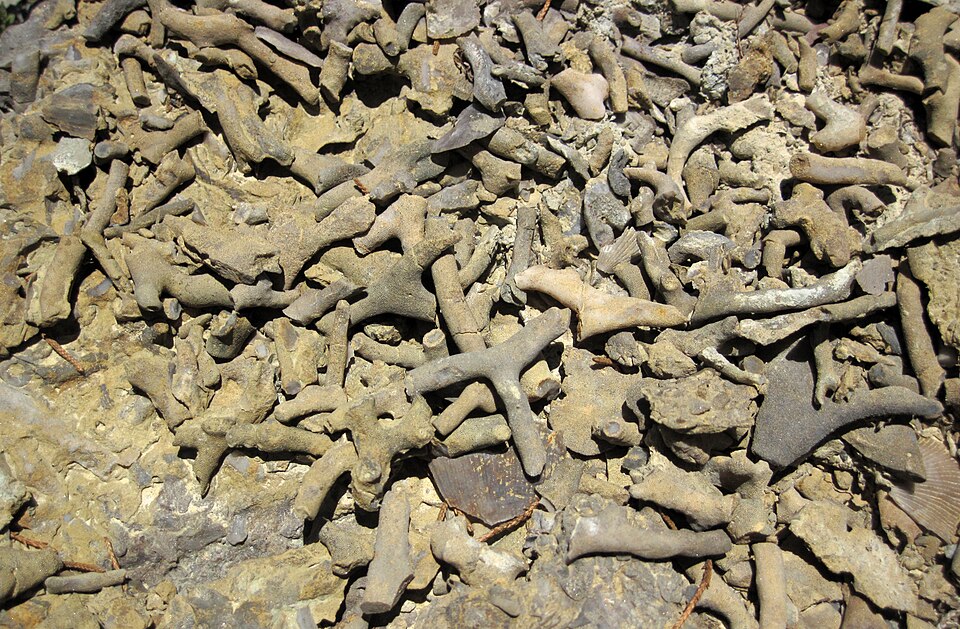Ancient Marine Fossils Redefine Understanding of Early Predators

Recent research has unveiled a significant misidentification in ancient marine fossils previously thought to be early relatives of cephalopods, such as squids. Instead, these fossils are linked to chaetognaths, commonly known as arrow worms. The study, published in the journal *Science Advances* on July 27, 2025, was led by a team of researchers from the University of Bristol, the Korean Polar Research Institute, and the University of Copenhagen, who examined 25 fossils discovered in Sirius Passet, a site in North Greenland renowned for its exceptional preservation of Early Cambrian period remains, dated around 518 million years ago.
Dr. Jakob Vinther, a paleontologist at the University of Bristol and co-author of the study, noted, "Sirius Passet is a treasure trove of fossils from the Cambrian Explosion. We not only find delicate soft-bodied fossils but also their digestive systems, musculature, and sometimes even their nervous systems." This site has provided critical insights into the evolution of early marine life.
For over a decade, the scientific community grappled with the classification of the creature known as nectocaridids, which were initially proposed to be cephalopods due to their squid-like appearance. This hypothesis, however, was met with skepticism. Dr. Vinther remarked, "It never really made sense to me, as the hypothesis would upend everything we otherwise know about cephalopods, and their anatomy didn’t closely match cephalopods when you looked carefully."
The breakthrough came with the discovery of preserved nervous systems in many specimens, which displayed paired mineralized structures unique to arrow worms. Dr. Tae-Yoon Park from the Korean Polar Research Institute stated, "We discovered our nectocaridids preserve parts of their nervous system as paired mineralized structures, and that was a giveaway as to where these animals sit in the tree of life."
Further investigation led to the identification of a specific feature called the ventral ganglion, a nerve mass found on the underside of living arrow worms. This structure, which can be replaced with phosphate minerals during decay, provides excellent fossilization potential. Dr. Park emphasized, "These fossils all preserve a unique feature, distinct for arrow worms, called the ventral ganglion."
Despite their superficial resemblance to squids, the adaptations of nectocaridids were purely a result of evolutionary pressures for efficient swimming and predation. Dr. Vinther explained, "Many of these features are superficially squid-like and reflect simple adaptations to an active swimming mode of life in invertebrates, just like whales and ancient marine reptiles end up looking like fish when they evolve such a mode of life."
One of the most striking characteristics of these ancient creatures was their complex eyes, which differed significantly from those of modern arrow worms. Dr. Vinther highlighted, "Nectocaridids have complex camera eyes just like ours. Living arrow worms can hardly form an image beyond working out roughly where the sun shines."
The study also revealed evidence of a carnivorous diet, with some fossils containing remains of Isoxys, a type of swimming arthropod, in their digestive tracts. This finding illustrates the predatory nature of nectocaridids, which have now been classified under the new species name *Nektognathus evasmithae*, honoring Professor Eva Smith, Denmark’s first female law professor and a noted advocate for human rights.
In summary, this discovery not only clarifies the evolutionary lineage of these ancient marine creatures but also reshapes our understanding of early marine food webs and the evolution of modern sea predators. As Dr. Vinther concluded, "This animal was a smart and stealthy fighter just like she is."
The implications of this research extend beyond paleontology, prompting new discussions about the dynamics of early marine ecosystems and the evolutionary pathways that led to the diverse life forms we see today. Further studies may reveal additional facets of these complex interactions, providing insights into the history of life on Earth and its continued evolution.
Advertisement
Tags
Advertisement





